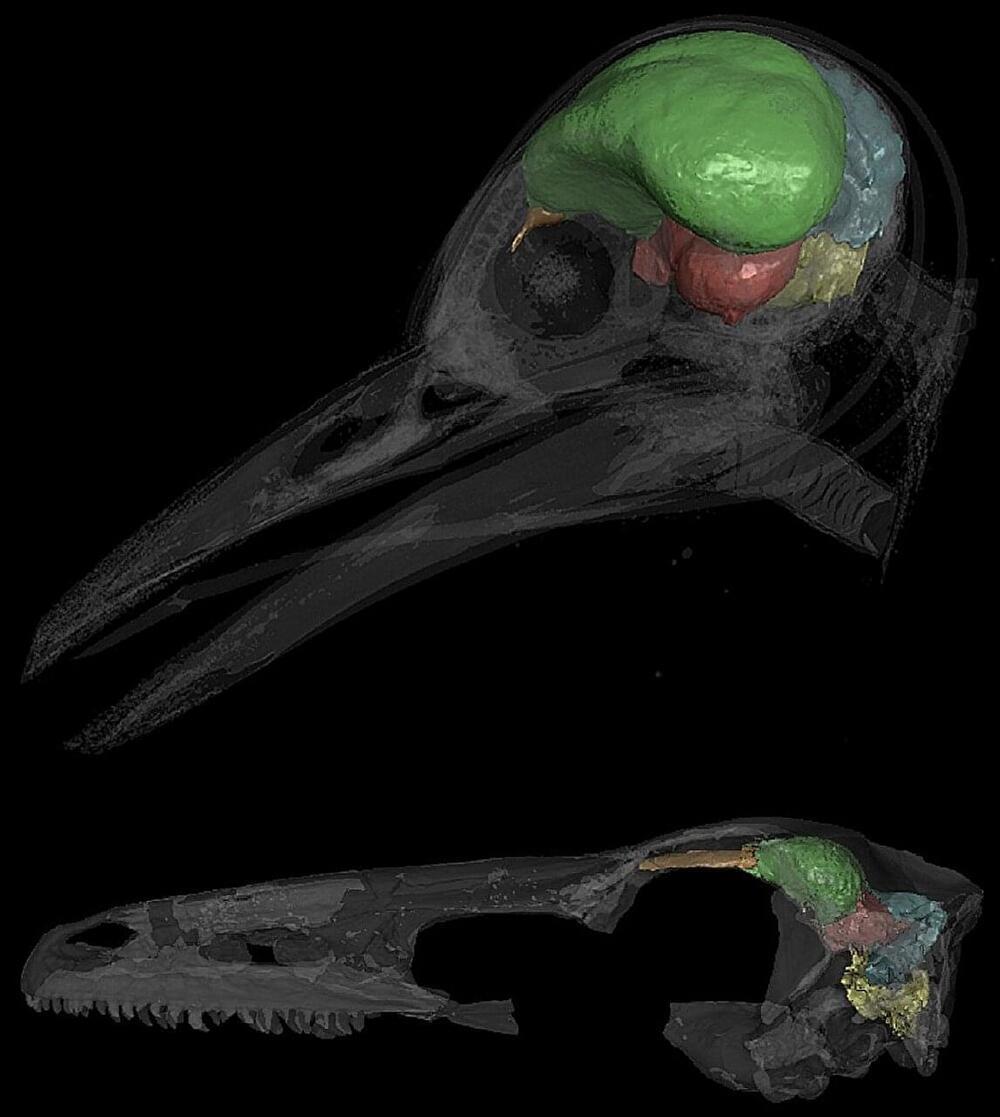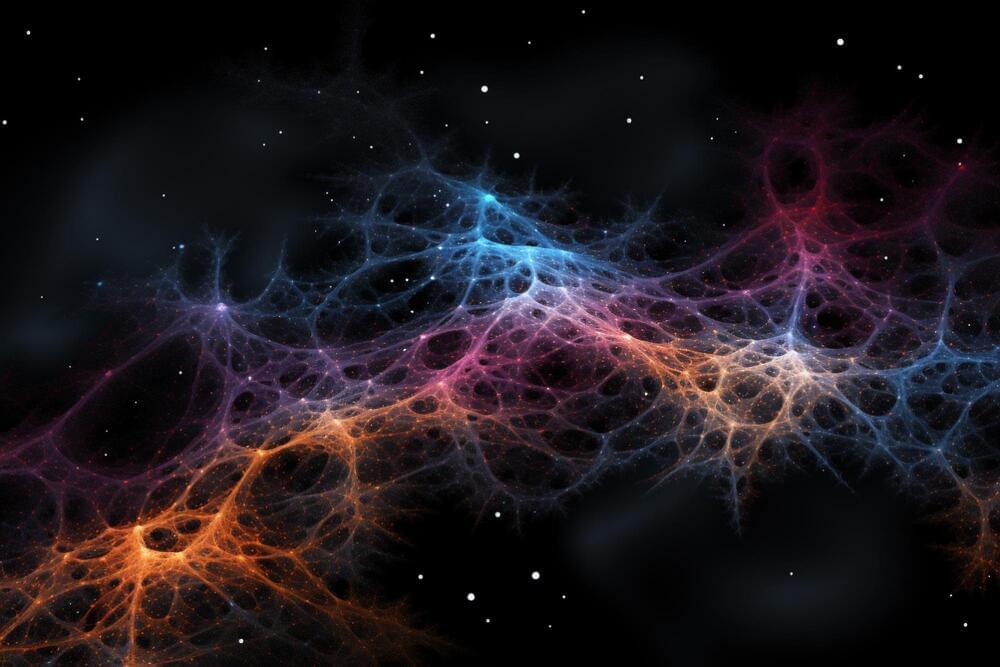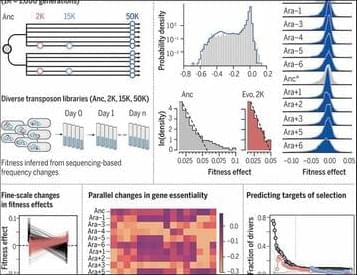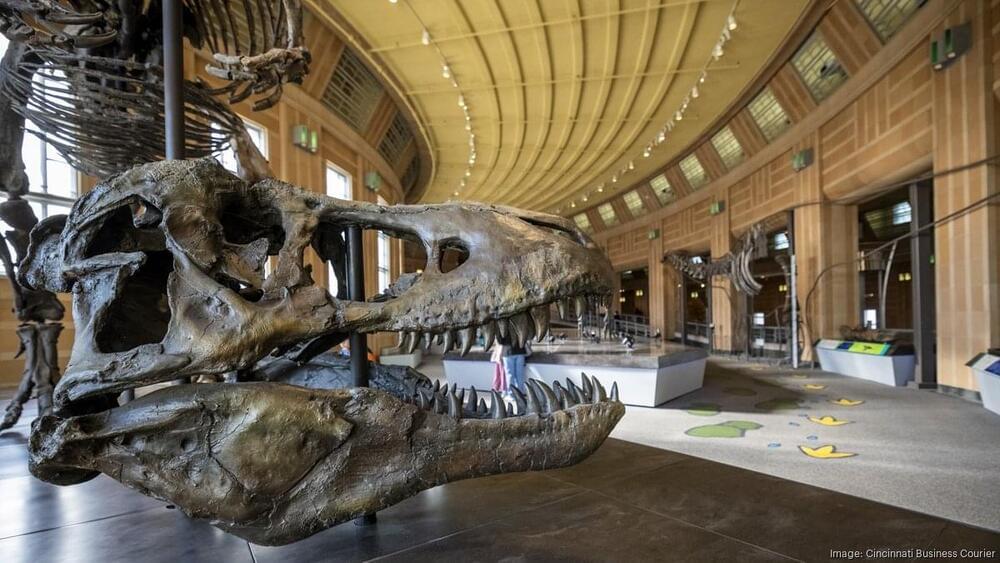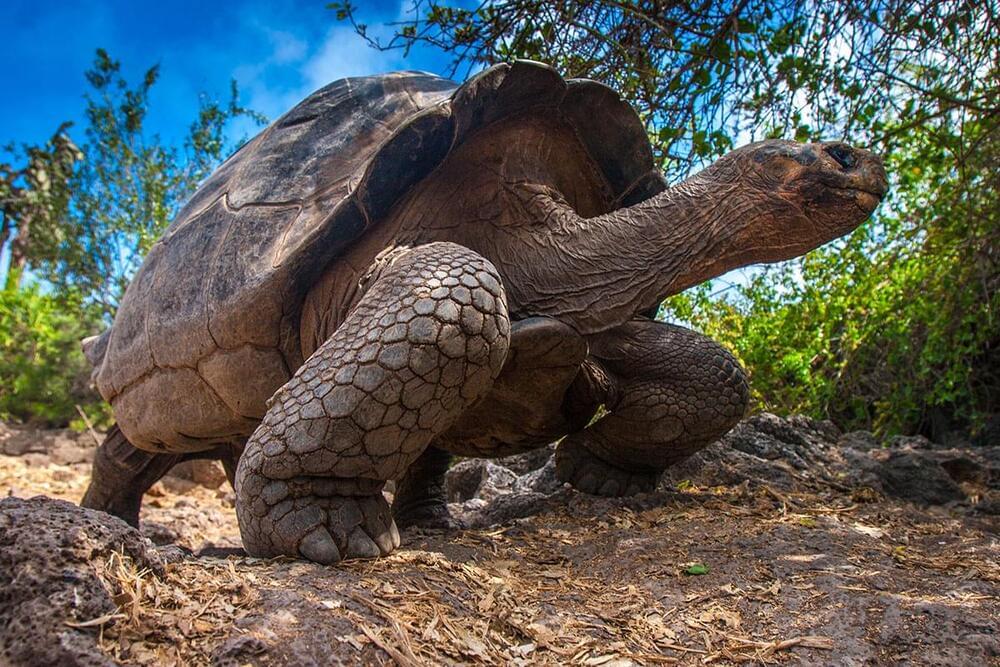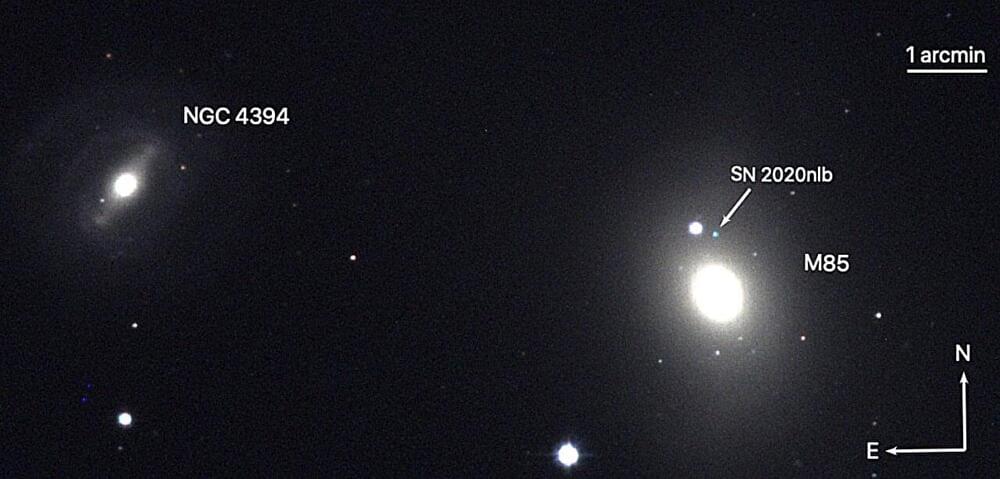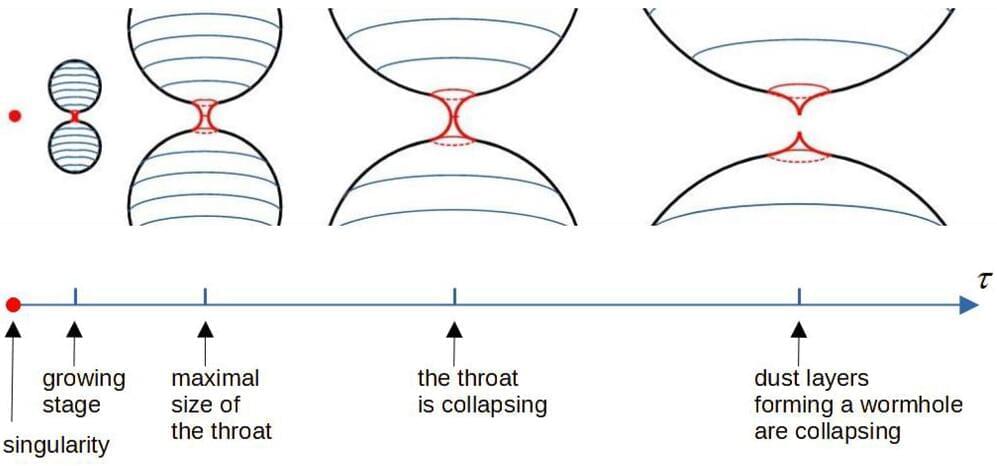Scientists studying sunspots have found important clues about magnetic features in their decay that will help understand the evolution and real origin of these mysterious magnetic phenomena. The findings are published in The Astrophysical Journal.
Understanding sunspots is crucial to understanding the solar cycle, the approximately 11-year periodic change that changes the sun’s energy output and the frequency and intensity of flares it sends into space that can negatively influence satellites and electrical networks on Earth. (The solar “cycle” can range from eight to 14 years in length.)
Sunspots look rather simple from a distance but are complex areas where light from the sun is trapped by twisted magnetic fields. They are temporary regions of reduced temperature that appear as dark spots on the surface of the sun, where constricted magnetic flux suppresses convection that brings the inner heat of the sun to the surface. A sunspot is about the size of the Earth, and they often come in pairs.

